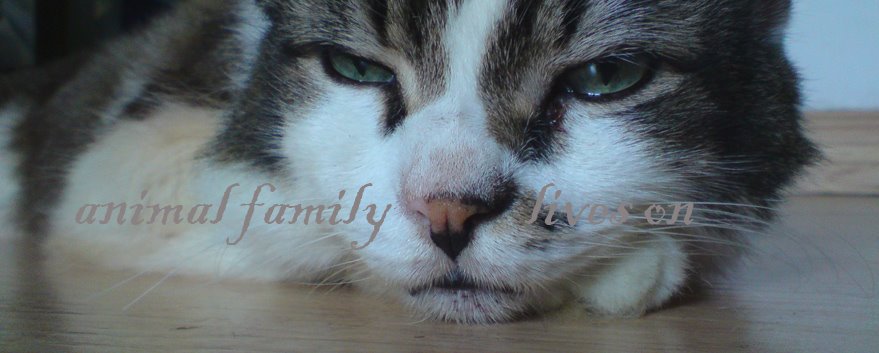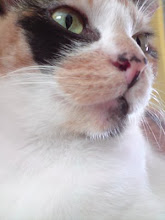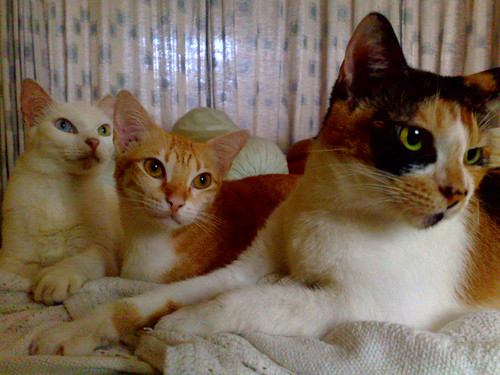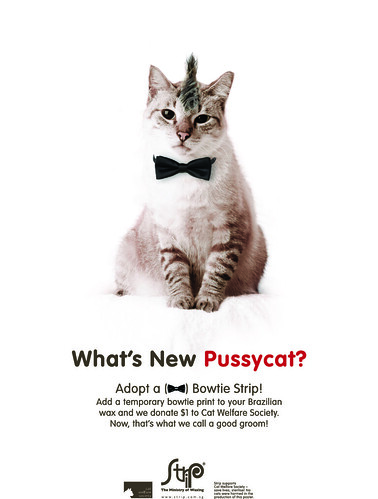
Besides raising funds for stray sterilisation, these light-hearted occasions gave us a rare chance to let our hair down with other cat groups, volunteers and with the public.
Now the fun is over, it is time to get back down to the serious business of cat welfare.
Engaging govt agencies
CWS is planning a series of engagements with AVA, HDB and Town Councils. And it cannot be timelier that Sunday Times dedicated a full page on animal welfare last weekend, giving voice to the poisoned bayshore cats, abandoned animals and tireless animal welfare volunteers.
(They had to juxtapose it with an article on our good friend Mr TTK to provide a perfunctory journalistic balance to the spread, but that is easily forgiven. A contrary article on a less controversial figure would have been more detrimental. So thank you, Sunday Times.)
Also featured in the full page coverage is a small victory for cat welfare. AVA has put it on record, “AVA… is again open to subsidising the cost of sterilisation of stray cats, if caregivers, town councils and communities are willing to participate.”
So our upcoming meeting with them can now fast track to the mechanics of the stray cat sterilisation scheme: what is required of town councils and volunteers, and how to streamline the scheme for greater success.
After which, we can start working with dedicated caregivers whose stray management work in their areas through Trap-Neuter-Release-Manage or TNRM, mediation and community building work has reached a healthy maturity. We will talk to their Town Councils first.
How you can help:
If you are a caregiver with a well managed cat community, come forward. Also start keeping records of the number of cats in your neighbourhood, the number of cats you have sterilised, your encounters with Town Councils and the number of complaints handled as these will go a long way when we engage them.
If your area does not have a TNRM programme, start one! Look out for our upcoming stray cat management workshop and meet-up on how to get started.
Sterilisation
CWS continues to single-mindedly put our funds into subsidising the sterilisation of stray cats. All our fundraising efforts are for this very purpose.
We get appeals from time to time to provide financial help for caregivers in need and for cat rescues. And this the committee members and volunteers do on our own personal basis.
The reason CWS funds are not diverted that way is this: The cold honest truth is that we have had to dig into our reserves last year to cover sterilisation and medical subsidies. And one had to go. It is a sign of the times that donations are down and reimbursements for subsidies are up.
We must keep stray cat sterilisation going simply because sterilisation makes the biggest impact to the welfare of our cats in the long run. It is this consistent, demanding, unglamourous work by dedicated caregivers and volunteers that provides a compelling reason for AVA to enter into a dialogue with cat welfare advocates. And we cannot afford to derail now.
The moment the government finally takes on the funding of stray cat sterilisation, that will really open up everyone’s resources to help the sick and suffering.
That moment is close and what will get us there is to make sure more community cats are sterilised and managed.
How you can help:
Start a TNRM programme in your neighbourhood. The next best thing is to sponsor a sterilisation!
Mediation
This is something that we struggle with immensely because we don’t have a full-time person in CWS. The committee members and volunteers handle our cases after hours or through phones and emails.
Mediation remains the most stressful, unrewarding part of cat welfare work. Being yelled at by irate people with cat pee on their slippers after a long day at work is not anyone’s idea of a fulfilling existence. But we still do it, together with our network of caregivers and volunteers because it goes hand in hand with TNRM. Stray management just doesn’t work without it.
What we find is that people come to CWS for a magic pill. And five after-hours dispensers to pill an entire nation is beyond ridiculous. We need more mediators.
It is a fact that Singaporeans hold an uncanny esteem for authority. People from an organisation are often seen as more respectable than someone from the neighbourhood. That is how Singaporeans work, so “I am from Cat Welfare Society” goes a long way. But anyone with the passion, a little gumption and knowledge can register with CWS and fulfill this role. And all the better if they are actual residents in the neighbourhood.
These resident mediators have their nose on the ground, they get to the problems quicker and they can better establish long term relationships with the Town Council officers and other residents. Town Councils can’t ignore them simply because they are residents, therefore constituents and more importantly, voters.
The magic pill? Don’t yell back and don’t wear your house clothes when mediating.
As much as mediation is daunting and completely thankless, just a word from you can save a cat from being caught and culled. If you are lucky, you can instill a little conscience in the neighbourhood, one cheesed off resident at a time.
How you can help:
If you want to be a mediator for your neighbourhood, register with CWS and contact your Town Council officer. Also look out for our upcoming stray cat management workshop and meet-up on how to get started.
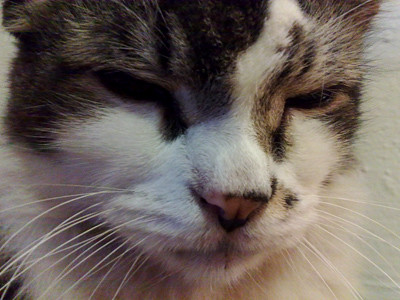
Beyond CWS
If you have been following the posts and thread on the Cat Welfare Society’s Facebook page, you would have a good idea of the spectrum of cat welfare activities required to fully tackle an issue as broad as cat welfare.
There are the numerous appeals for medical fees for sick or injured cats, the many catteries and shelters in trouble in these tough economic times, cats and kittens that need fosterers and homes, AVA officers and Town Council officers to negotiate with and the unenlightened public to educate. As individuals, where do we start?
My own experience with the animalfamily is to start where your passion takes you. I started with the rescue and adoption of an old mangy toothless cat that stole my heart.
6 years on, the family has 10 cats at home, 40 cats fostered (and thankfully rehomed), hundreds sterilised and we dream of a cattery. We have seen cat shelters and their antithesis, cat hoarders and left a part of ourselves with each and everyone of these animals, the cheery ones, the sadly neglected, the dying and the dead.
Still, it is not enough. There must be a more sustainable solution to the plight of our cats, the kind that makes it less necessary to take cats off our streets for anything other than to loving homes. This will happen only when the responsibility for stray cat welfare is not just on caregivers but the entire nation. That is the prize worth working towards.
